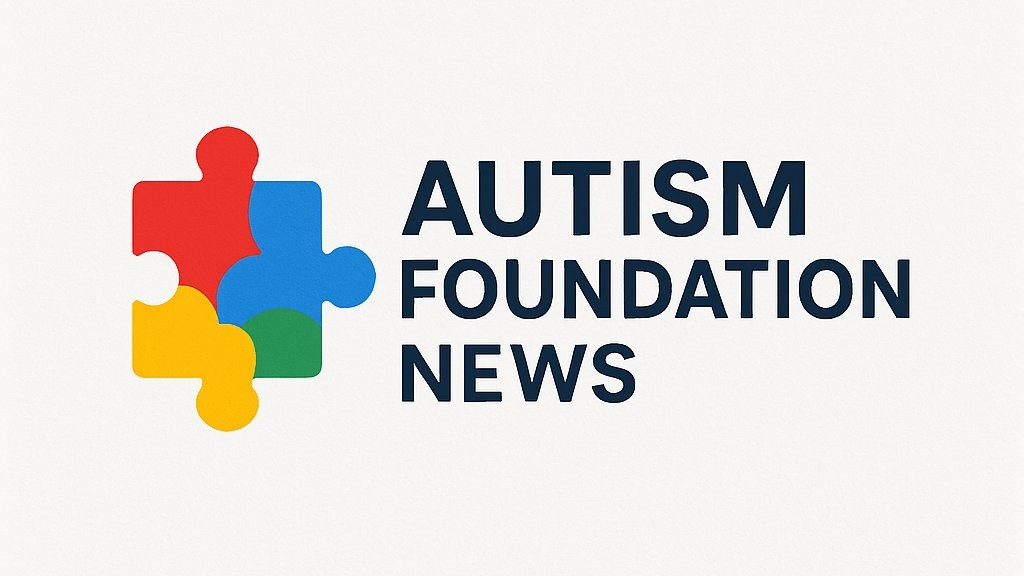
Understanding Bad Habits Through Mindfulness
Habits are a double-edged sword. They can provide comfort and efficiency in our daily routines, yet they often lead us down paths we wish to avoid, especially in vulnerable communities, such as individuals with autism. Mindfulness offers a way to navigate these complexities, allowing one to break free from harmful patterns.
How Mindfulness Changes the Brain
As explained by neuroscientific studies, our brains are wired to create pathways based on repetition. The phrase "neurons that fire together, wire together" holds significant weight here. Much like how a child will naturally choose the path of least resistance across a lawn, our brains gravitate toward familiar thoughts and behaviors. This results in the formation of habits, including those that lead to unhealthy choices.
If we take smoking as an example, the cycle begins with observing others engage in the habit. Those initial experiences lay down a powered memory associated with social acceptance, leading to cravings and reinforcing the habit. Mindfulness steps in as a powerful tool to interrupt this feedback loop.
The Cycle of Cravings: Understanding Triggers
Psychologists often refer to the concept of "salience"—when something becomes so prominent in our minds that it skews our perception of reality. When someone with autism sees peers smoking, for instance, the brain’s reward system is activated, creating a desire to replicate that behavior without considering long-term consequences. This is where mindfulness can offer profound transformation.
Mindfulness Techniques to Overcome Habits
Practicing mindfulness allows individuals to pause and critically assess their cravings. Techniques such as breath-focused meditation can help in developing a greater awareness of thoughts and impulses. The goal is not to immediately eliminate cravings but to cultivate a state of observation, recognizing them without judgment.
For those in the autism community, practicing mindfulness can encompass tailored strategies to address specific habitual behaviors. Integrating visual or tactile cues can enhance the experience, fostering a sense of safety and grounding.
The Emotional Aspect of Habit Formation
For many individuals, habits are not just choices but emotional responses to environmental stimuli. Using mindfulness, one can explore these emotional triggers and how they influence habits. For someone on the spectrum, understanding the emotional context behind a behavior can play a crucial role in mitigating those habits.
The Broader Implications of Mindfulness in Daily Life
Mindfulness extends beyond breaking bad habits; it can significantly improve overall emotional regulation. This has particular relevance for individuals with autism, who may experience intense emotional responses. By fostering mindfulness skills, individuals can cultivate a deeper understanding of their emotions, leading to healthier coping mechanisms.
Conclusion: Take a Mindful Step Today
Incorporating mindfulness into daily life serves as a beacon of hope for many seeking to break free from the cycle of bad habits. For parents and caregivers, understanding and facilitating access to mindfulness practices can empower individuals with autism, unlocking their potential for growth and wellness. Whether it’s through simple meditation or more structured mindfulness activities, encouraging these practices can lead to positive changes that resonate throughout their lives.
Take a moment today to consider how mindfulness can shift your perspective on habits. The journey begins with a single breath.
 Add Row
Add Row  Add
Add 




Write A Comment